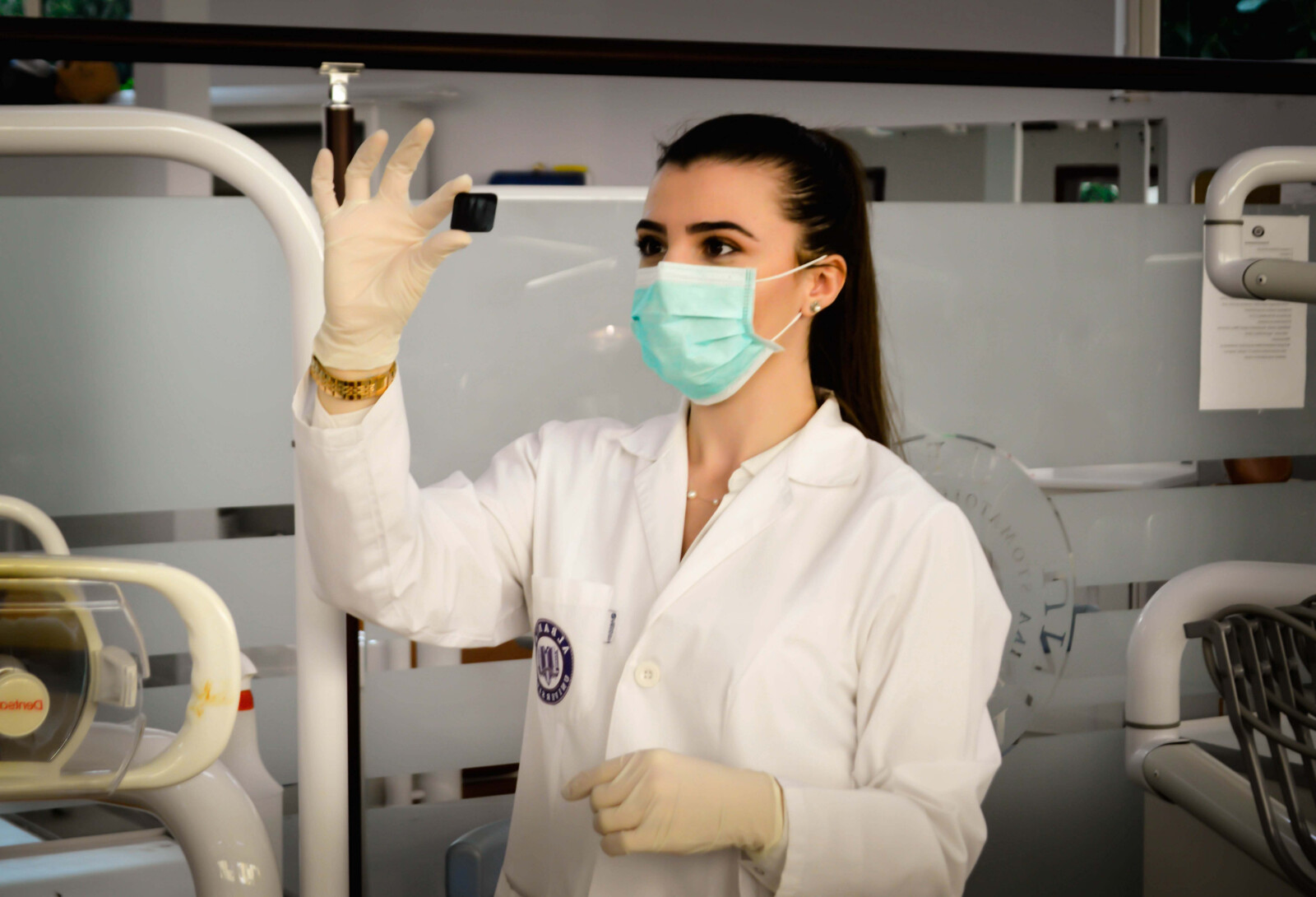Unveiling the Hidden Dangers: Chemical Burn Injuries
This article shines a light on the overlooked peril of chemical burn injuries. It delves into their causes, symptoms, and treatments, offering a comprehensive understanding of these hazardous incidents. The discussion extends to legal aspects such as product and premises liability. By fostering awareness and emphasizing the importance of safety measures, the aim is to mitigate the occurrence of such injuries in both professional and domestic environments.

Key Takeaways
- Chemical burns can be caused by a variety of substances, including ammonia, tooth-whitening products, pool chlorinator, batteries/battery acid, and bleach.
- Symptoms of chemical burns may include itching or skin irritation, pain or numbness, blisters, skin discoloration, and tissue necrosis.
- Immediate treatment for chemical burns involves flushing the chemical off the skin, removing clothing or jewelry that came into contact with the chemical, and covering the burn with sterile gauze or a clean cloth.
- Workers compensation provides insurance benefits for work-related chemical burn injuries, covering medical treatment, a portion of lost wages, and can provide death benefits in fatal accidents.
Understanding Chemical Burns: Causes and Effects
In our ongoing exploration of chemical burn injuries, we delve into the causes and effects of such burns. Various substances, ranging from household cleaners to industrial chemicals, can lead to these painful injuries. The causes of chemical burns are varied and numerous, including exposure to acids, bases, oxidizers, and solvents. The severity of the burn depends on the concentration of the substance, the duration of contact, and the location of the injury on the body. The long term effects of chemical burns can be debilitating, with victims suffering from chronic pain, scarring, and in severe cases, limb amputation. Furthermore, these burns can have a significant psychological impact, leading to depression and anxiety. It is, therefore, imperative to understand the hazards of chemicals and ensure proper safety measures are in place.
The Science Behind Chemical Burns
We need to delve deeper into the science behind chemical burns to fully comprehend how these injuries occur and how to best treat them. Burns are classified based on the depth and extent of the tissue damage. The chemical burn classification includes first-degree (superficial), second-degree (partial-thickness), and third-degree (full-thickness) burns. Recent advancements in chemical burn treatment have improved patient outcomes significantly. These include the use of advanced wound dressings, skin grafts, and new techniques for pain management. Moreover, understanding the chemical properties of the causative agent can guide specific treatment strategies. It's crucial that safety protocols are followed to prevent these injuries, including appropriate use of personal protective equipment and safe handling of chemicals.
Immediate and Long-term Symptoms of Chemical Burns
Addressing both immediate and long-term symptoms is crucial for the comprehensive management of chemical burns, with these symptoms often ranging from acute skin irritation and pain to more chronic issues such as discoloration and potential necrosis. Immediate intervention can mitigate the severity of these burns, but the long-term complications cannot be overlooked. These may include scarring, permanent damage to the affected tissues, and in severe cases, even limb amputation. The psychological impact of chemical burns is another key consideration. Patients often experience emotional distress, anxiety, and depression, further underlining the need for holistic care. Therefore, healthcare professionals must focus on both physical recovery and psychological support, ensuring a comprehensive approach to patient well-being.
First Aid Treatment for Chemical Burns
Understanding the proper first aid treatment for chemical burns is paramount for reducing further damage, and it involves quick flushing of the affected area, removal of contaminated clothing or accessories, and application of sterile dressing. As part of the emergency response, continue rinsing the area with cool, running water until professional help arrives. Additionally, it is crucial to ensure that the source of the burn is immediately contained to prevent further injuries. Remember that chemical burn first aid is a crucial step, but it does not substitute for professional medical attention. After the initial first aid, seek immediate professional help. In cases of severe burns, call an ambulance. Always prioritize safety and maintain a calm demeanor during such emergencies.
Advanced Medical Interventions for Chemical Burns
Advanced medical interventions for chemical burns often involve surgical procedures to remove damaged tissue and promote healing, but they also may require long-term rehabilitation and psychological support to aid in the victim's recovery. Emerging medical technologies are continuously expanding the scope of advanced treatment options, thereby improving the prognosis for victims of chemical burns. These include bioengineered skin substitutes, laser therapy for scar management, and innovative wound dressings that promote healing and minimize infection risk. In addition, rehabilitative support, such as physical and occupational therapy, plays a crucial part in restoring functionality and quality of life. Psychological assistance is also paramount, helping victims cope with the emotional trauma associated with such injuries. Overall, a multidisciplinary approach is crucial in the comprehensive management of chemical burns.
Personal Protective Measures Against Chemical Burns
Personal protective measures against chemical burns are essential in numerous industries, particularly for workers routinely exposed to corrosive substances, toxic reagents, or potentially hazardous chemicals. Implementing safety strategies for chemical burn prevention is crucial. The first step involves understanding the dangers associated with specific chemicals in the workplace. Next, it's imperative to ensure employees are choosing proper PPE such as gloves, goggles, and protective clothing. It's also essential to provide ongoing training on how to use and maintain PPE correctly. Furthermore, regular drills on handling chemical emergencies and immediate treatment procedures can significantly minimize the severity of accidents. Ultimately, the combination of knowledge, suitable protective gear, and prompt response can significantly reduce the risk and impact of chemical burns.
Ensuring Safety: Prevention of Chemical Burns at Work
In the pursuit of safety, it's crucial to carry out regular hazard assessments in the workplace to identify potential chemical risks, and by doing so, we can strategically set up safety measures to prevent incidents of chemical burns. Enhanced workplace safety allows for the potential danger to be mitigated before it escalates into a serious threat. Risk assessment protocols play a vital role in this process, enabling the timely recognition and rectification of hazards. This includes the proper storage and handling of chemicals, usage of appropriate personal protective equipment, and rigorous training on emergency response procedures. By fostering a safety-conscious work environment and implementing proactive measures, we can significantly reduce the risk of chemical burns and other related injuries.
Legal Aspects: Workers Compensation for Chemical Burns
We need to understand that workers' compensation is a key legal aspect for employees who suffer chemical burns at work, and it provides them with vital financial support during their recovery period. Workers' compensation benefits include coverage for medical treatments, a portion of lost wages, and in unfortunate cases, death benefits. Each state has its own guidelines for these compensations, thus it's essential for workers to be aware of their rights. On the other hand, if the chemical burn is a result of a defective product, the legal requirements for filing a lawsuit include proving correct usage of the product, adherence to directions, and no alteration to the product. Understanding these legal aspects ensures that employees are protected and receive the rightful compensation for their injuries.
Product Liability: Chemical Burns From Defective Products
Exploring the realm of product liability, it is critical to note that chemical burns resulting from defective products not only pose a significant health risk, but also raise numerous legal implications for manufacturers and distributors, and understanding these complexities can aid in ensuring victim rights are upheld. When defects in design, manufacturing, or inadequate warnings lead to these injuries, the affected individuals can seek justice through chemical burn lawsuits. A successful lawsuit can provide compensation for chemical burn injuries, covering medical expenses, pain, suffering, and loss of income. It is important for victims to remember that in order to file such a claim, they must have used the product correctly, followed the directions, and not altered the product in any way.
Navigating Premises Liability Claims for Chemical Burns
While chemical burns can certainly arise from defective products, as previously discussed, it is also critical to understand that these injuries can result from hazardous conditions on a property, thus leading to premises liability claims. In premises liability lawsuits, the plaintiff must demonstrate that the property owner failed to rectify or warn about the potential chemical burn hazards at home. These could range from improperly stored cleaning agents to unattended pesticides, which could potentially cause severe injuries. Therefore, maintaining a safe environment is paramount to prevent such incidents. It is crucial for homeowners to educate themselves on potential hazards and implement safety measures, thus reducing the likelihood of premises liability claims and ensuring a safe living environment for all.
Real-life Case Studies of Chemical Burn Injuries
In this segment, I will present several real-life case studies that highlight the severity and complexity of chemical burn injuries. The prevalence and demographics of chemical burn injuries reveal a disturbing trend, with industries relying on hazardous substances witnessing a high incidence rate. A 34-year-old factory worker, for instance, suffered severe burns due to a chemical spill, highlighting the need for stringent safety measures. Meanwhile, a 50-year-old housekeeper encountered a similar fate due to mishandling of cleaning chemicals.
The psychological impact and rehabilitation of chemical burn survivors is equally significant. A case in point is a 28-year-old lab technician, who, post-recovery, grappled with post-traumatic stress disorder. This underscores the necessity for psychological support in rehabilitation programs.
Future Perspectives: Improving Safety Measures Against Chemical Burns
Undoubtedly, the advancement and implementation of robust safety measures can significantly reduce the occurrence and severity of chemical burns in the future. Improving safety protocols is paramount, involving comprehensive training on the handling and storage of hazardous substances, appropriate use of personal protective equipment, and immediate response to chemical exposure. Implementing these measures is crucial across industries, particularly where chemical usage is prevalent.
Moreover, innovative treatment methods for chemical burns, such as advanced wound dressings and regenerative medicine, are being developed, promising faster recovery and reduced scarring. Encouragingly, research continues to evolve in this field, aiming to minimize the long-term impacts of these often devastating injuries. Ultimately, the focus should be on both prevention and improved care to combat chemical burns effectively.
Frequently Asked Questions
What Home Remedies Can Be Used to Soothe Minor Chemical Burns?”
For minor chemical burns, home remedies include rinsing the burn with cool, not cold, water for 10-20 minutes, removing any contaminated clothing or jewelry, and applying a sterile dressing. However, the efficacy of these remedies depends on the severity of the burn. Always consult a healthcare professional for severe burns, persistent pain, or burns caused by unknown substances. Never use home remedies as a substitute for professional medical advice.
How Does the Healing Process for Chemical Burns Differ From That of Other Types of Burns?”
Chemical burns differ in healing from other burns due to the ongoing chemical reaction at the injury site. Unlike thermal burns, the damage may continue after the initial exposure. Understanding the chemical reaction can guide treatment. First aid basics include immediate removal of the chemical and thorough irrigation. It's crucial to seek medical attention as wound care, infection prevention, and pain management are key to recovery. Healing times vary, depending on burn severity and individual health factors.
Can Chemical Burns Lead to Long-Term Health Complications?”
Yes, chemical burns can lead to long-term health complications. Prolonged chemical exposure effects can result in deep tissue damage, prolonged pain, disfigurement, and potential damage to internal organs. Additionally, depending on the severity and location of the burn, scar tissue may hinder mobility and require burn scar management. Severe chemical burns also carry a risk of complications such as infection, shock, and in some cases, can result in fatal injuries.
What Measures Can Schools and Educational Institutions Take to Prevent Chemical Burns in Science Labs?”
To prevent chemical burns in science labs, educational institutions should implement comprehensive Lab Safety Training for all students and staff. This should include correct handling of chemicals, emergency procedures, and proper use of safety equipment. Consistent use of Personal Protective Equipment, such as gloves, lab coats, and safety goggles, is crucial. Regular safety audits and maintenance of equipment can further reduce the risk of accidents, ensuring a safer learning environment.
What Psychological Support Is Available for Individuals Who Have Suffered Severe Chemical Burns?”
Individuals who have suffered severe chemical burns often face significant recovery challenges. Psychological support is available and paramount to foster emotional resilience during the rehabilitation journey. This can include therapy, counseling, support groups, and stress management techniques. Psychological support aims to help patients cope with the trauma, manage pain, overcome body image issues, handle post-traumatic stress disorder (PTSD), and regain their sense of self and confidence.
Conclusion
In conclusion, chemical burns pose a significant risk, warranting immediate attention and advanced medical intervention. Understanding the science behind these injuries, recognizing the symptoms, and knowing the appropriate first aid measures are vital. Moreover, awareness of legal aspects, such as product and premises liability, empowers affected individuals to seek justice. Ensuring stringent safety measures at home and workplace can prevent these injuries, fostering a safer environment.

This post has been generated by AI and was not reviewed by editors. This is Not legal advice. Please consult with an attorney.




